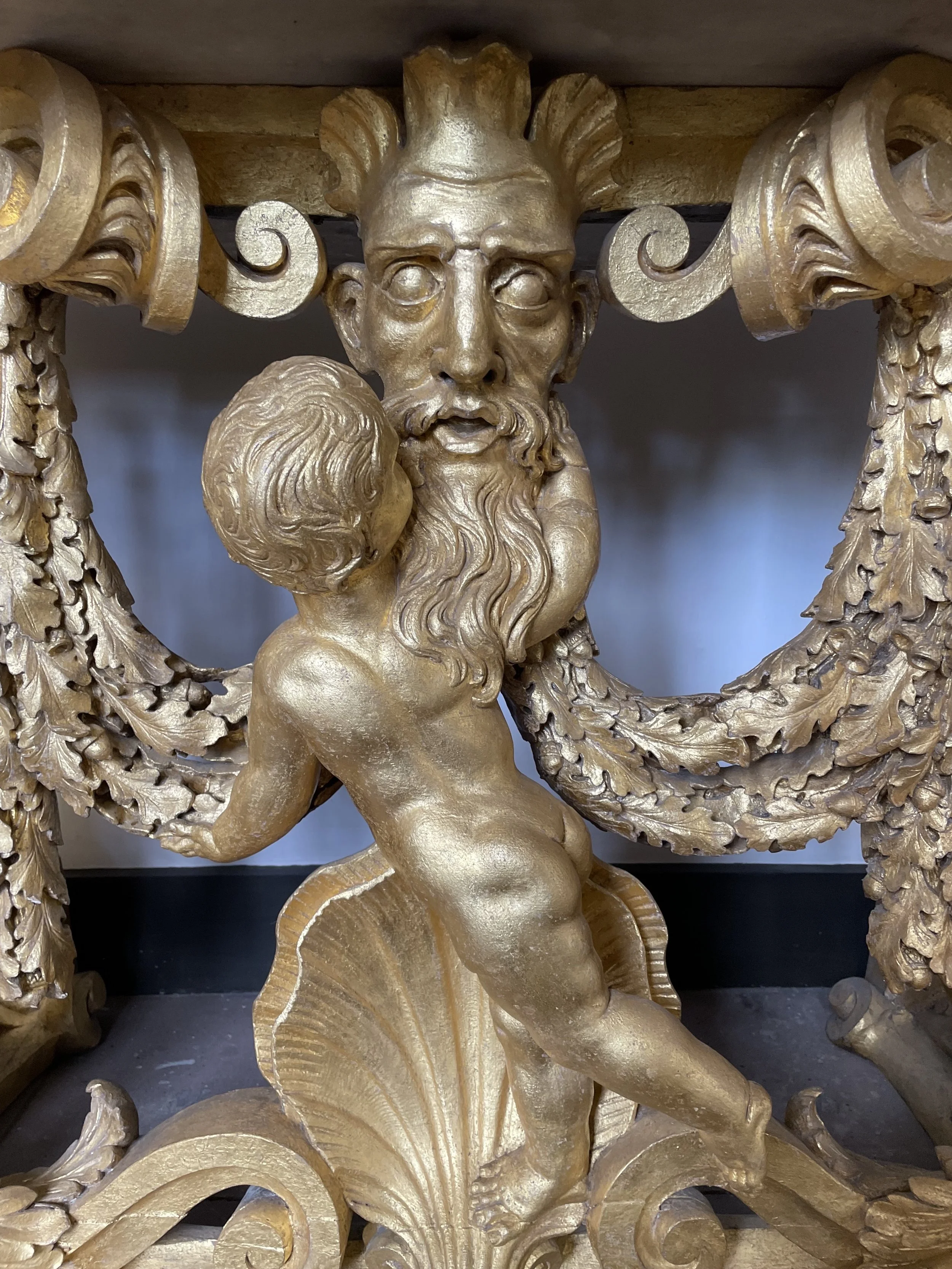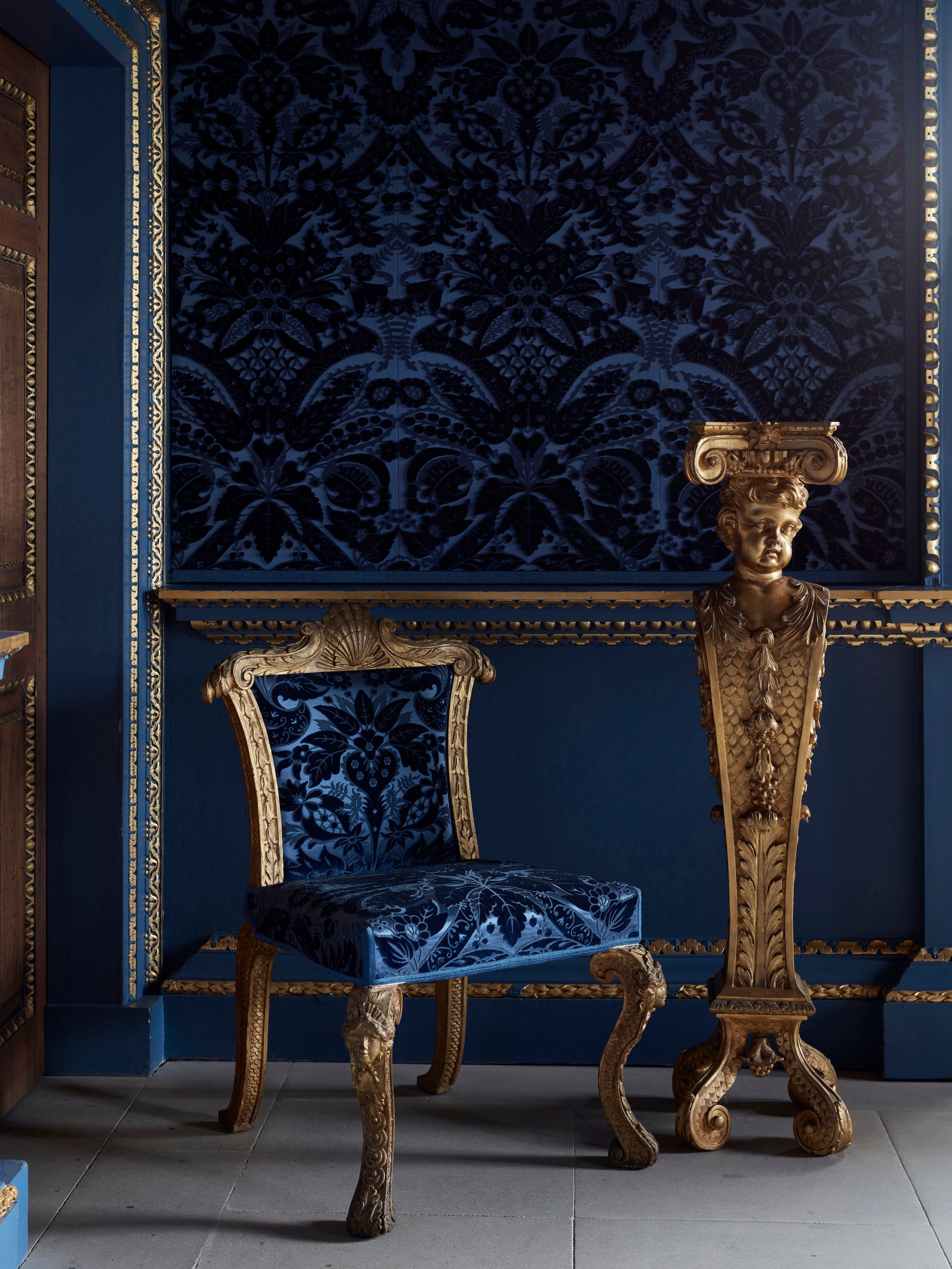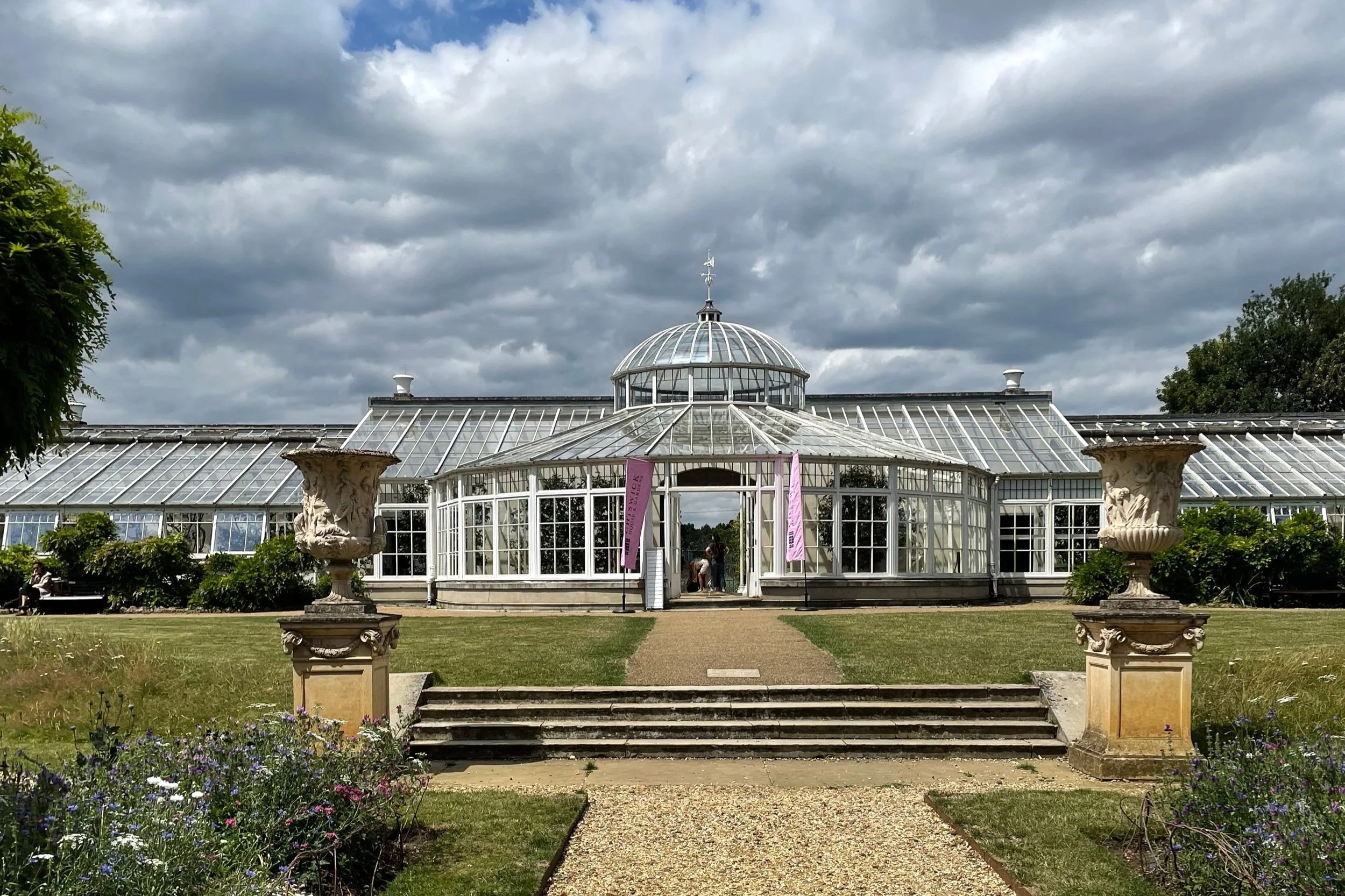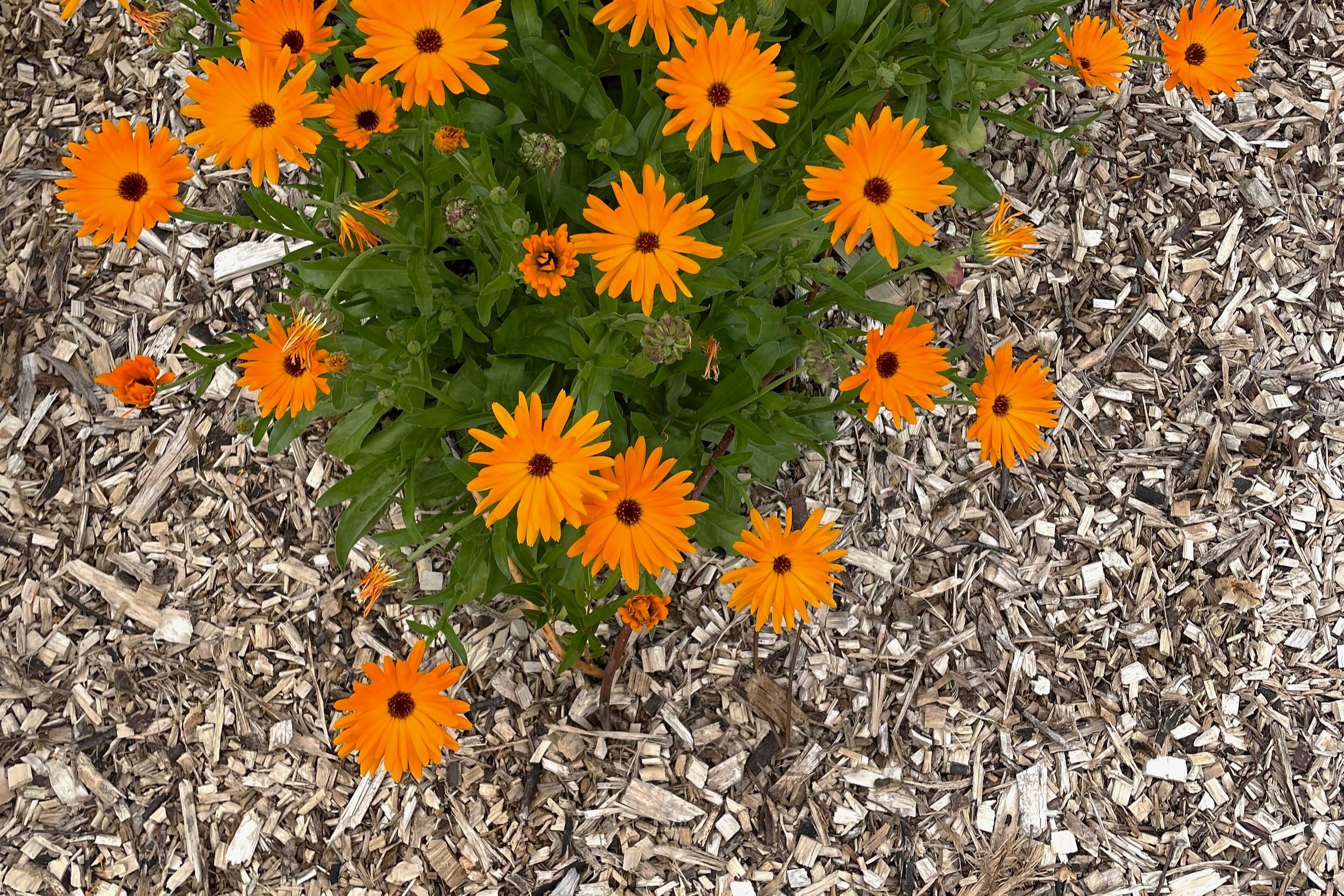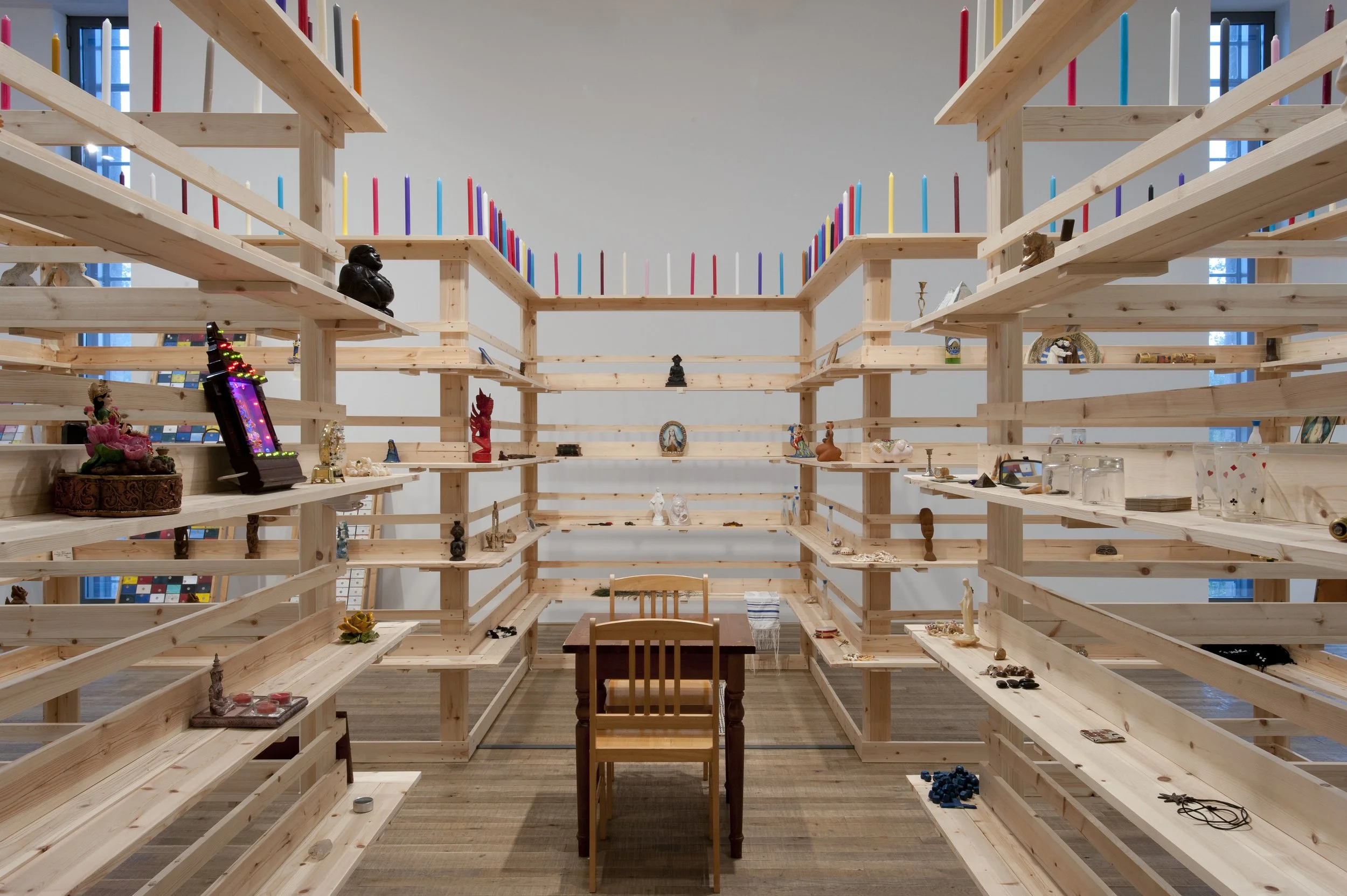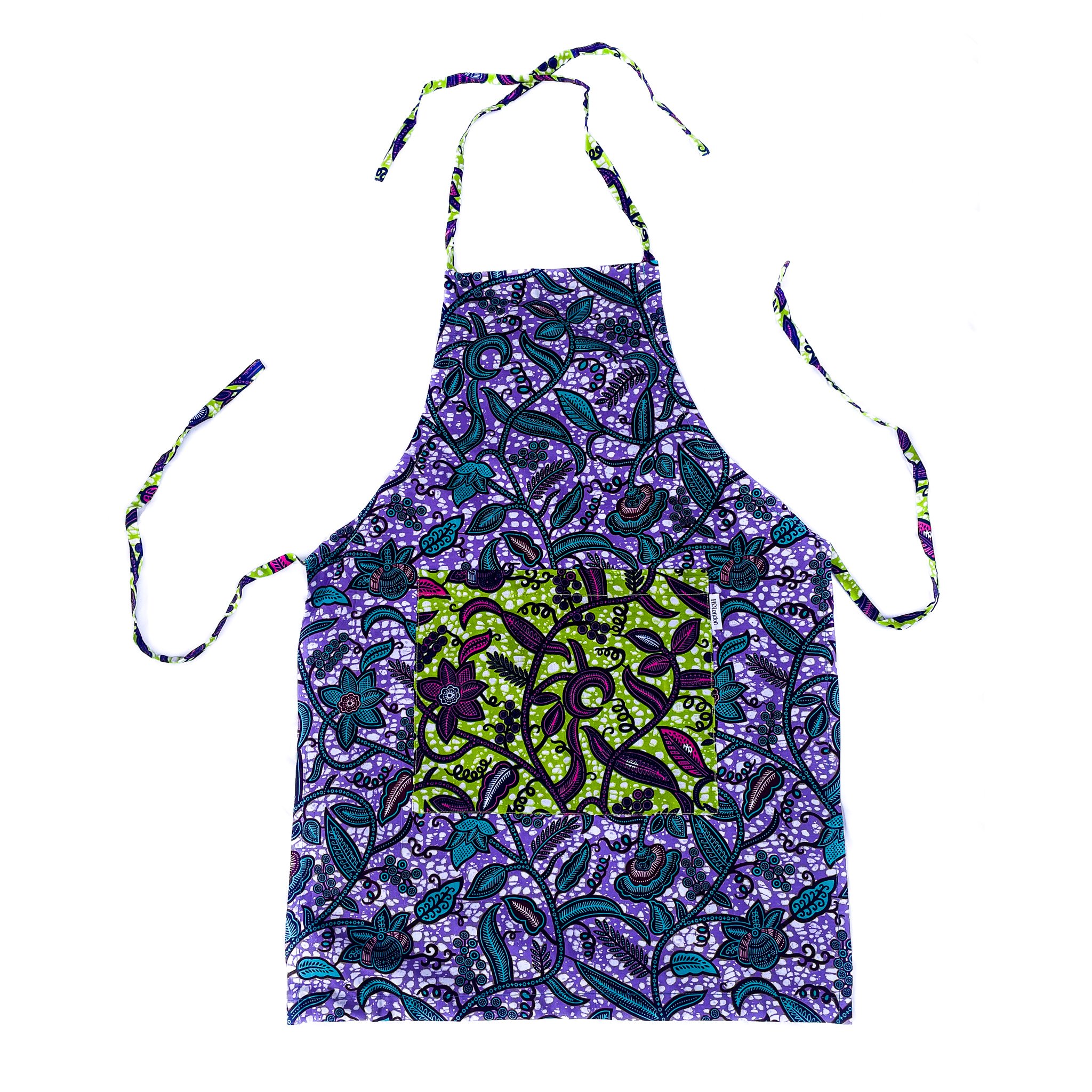Chiswick House and Gardens: a magnificent 18th-century villa and landscaped paradise
Experience the neoclassical splendour and beauty of Chiswick House and Gardens, an expansive estate spanning 65 acres in the heart of West London.
Image: Chiswick House & Gardens. © MTotoe
Chiswick House and Gardens is an elegant villa and garden complex designed by William Kent and his friend and patron Richard Boyle, the third Earl of Burlington. It is renowned as one of the finest examples of neo-Palladian architecture in England and is credited with shaping the country house design of the era. Likewise, the accompanying gardens are considered the birthplace of the English landscape garden style.
The estate was eventually passed down to the Dukes of Devonshire. The house has had various uses, including being rented out and serving as an asylum for those with mental illnesses. However, presently the Chiswick House and Gardens Trust manages the property, which is open to the public, ensuring its preservation.
The history
Image: Chiswick House & Gardens. © MTotoe
The original estate at Chiswick House featured a Jacobean house dating back to the early 17th century. Inherited by the 3rd Earl of Burlington, Richard Boyle, the estate underwent significant changes. A bird's-eye engraving from around 1698-1699 depicts the house surrounded by formal gardens and situated near the River Thames. At that time, Chiswick was still a countryside village separated from the river by fields. However, the family primarily stayed at their main home, Burlington House in Piccadilly, with Chiswick their second home.
Image: An inlaid marble and gilt pine table at Chiswick House & Gardens. © MTotoe
In 1725, a fire damaged the house, providing an opportunity for the 3rd Earl of Burlington to construct a new villa, now known as Chiswick House. The villa, built between 1726 and 1729, incorporated elements from various architectural sources, including Andrea Palladio and Inigo Jones. It aimed to evoke the architecture of ancient Rome and predated the widespread adoption of neoclassicism.
The house
Image: The painted ceiling in the gallery of Chiswick House & Gardens. ©Stuart Milne Photography
The purpose of the villa was to serve as a temple of the arts, housing Burlington's valuable art collections, drawings, and books. It also served as a space to entertain friends. A link building was added in 1732 to connect the older house with the new villa. Despite its relatively small size, Chiswick House exhibits a carefully considered layout, with different-shaped rooms arranged around the central Saloon, drawing inspiration from Roman bath complexes.
Image: The red velvet room at Chiswick House & Gardens. © Stuart Milne Photography
Visitors can explore its restored gallery rooms, complete with magnificent architecture, intricate ceilings, and opulent decor. The house holds a collection of Old Masters paintings, providing a glimpse into the luxurious interiors designed by William Kent. Exquisite art, sculpture, dark velvet wallpapers, and gilt plasterwork add to the villa's opulence.
The art
Chiswick House houses a remarkable collection of art and furniture. Visitors can appreciate Lord Burlington's original collection, including paintings, family portraits, and painted views of the house and garden. Notably, the furniture in the house was designed by Lord Burlington's collaborator, William Kent, featuring exquisite mahogany and gilt chairs, as well as stunning marble-topped tables that enhance the lavish gilded interiors.
Image: Chair designed by William Kent in the blue velvet room at Chiswick House & Gardens. ©Stuart Milne Photography
Amongst the many notable pieces, The Ambassador of Morocco stands out, a painting from 1684 which remains in its original place in the saloon. It portrays Muhammad Ibn Haddu, an ambassador sent from Morocco to the Court of Charles II in 1681. He caused a sensation in London and became famous for his displays of horsemanship in Hyde Park. Another remarkable piece is a chair designed by William Kent around 1727-1732. Crafted from gilt pine and velvet, it features a scallop shell motif on the top rail, and intricately carved legs with fish scales and female masks representing Venus, symbolising the mythological birth of Venus from the sea.
The gardens
Image: The Gardens of Chiswick House & Gardens. © MTotoe
The gardens are a highlight of the estate. Designed by William Kent, the gardens showcase an innovative "natural" garden design style, with curving paths, a lake, and romantic glades. The restoration project was completed in 2010 and revived the gardens' former glory, including the famous camellia collection housed in the Conservatory. Chiswick House also boasts one of Europe's oldest collections of camellias, brought from China in the 18th century.
Image: The Conservatory of Chiswick House & Gardens. © MTotoe
Despite the Conservatory's decline in the late 20th century, the collection was preserved by local enthusiasts, and now the estate safeguards 33 camellia varieties. Visitors can enjoy a self-led camellia trail, discovering eight stunning varieties throughout the gardens.
Image: The Kitchen Garden at Chiswick House & Gardens. © MTotoe
The Kitchen Garden at Chiswick House is a historic gem dating back to 1682. Similarly, after being neglected, it was revived in 2005 by dedicated locals, transforming it into a community hub for horticulture and food cultivation.
Image: The Kitchen Garden at Chiswick House & Gardens. © MTotoe
With over 200 varieties of fruits, vegetables, and cut flowers, the garden generously donates half of its harvest to local food charities.
Image: The Kitchen Garden at Chiswick House & Gardens. © MTotoe
Managed by the Chiswick House and Gardens Trust since 2009, the Kitchen Garden thrives with the support of 50 volunteers and community partners. Plus, the Trust continues to raise funds for outreach initiatives, including volunteer gardening, horticultural therapy, skills development, and a schools program.
Image: The Kitchen Garden at Chiswick House & Gardens. © MTotoe
In addition, Chiswick House provides a modern café and a children's play area within the gardens. The café, designed by Caruso St John and recognised as the best new building in London by RIBA in 2011, offers a light and airy space to enjoy a seasonal menu and refreshments. Visitors can relax and indulge in the café's views of the surrounding lawns and mature trees while appreciating the award-winning architectural design.
Getting to Chiswick House and Gardens
Image: The gardens at Chiswick House & Gardens. © MTotoe
Enjoy free access to the landscaped gardens which are open daily from 7 am to 9 pm. However, there is an admission fee to access the kitchen gardens and house, which are open from Thursday to Sunday. Chiswick House also hosts a series of fantastic events throughout the year, including summer festivals and open-air cinema experiences. Click here to discover what is on.
Image: The Kitchen Garden at Chiswick House & Gardens. © MTotoe
Chiswick House and Gardens is conveniently located just a 10-minute walk from Chiswick mainline station, and on-site parking is available. Click here for a visual preview.
Location: Burlington Lane, Chiswick, London, Greater London, England, W4 2RP. Opening hours: The House and Kitchen Garden are open Thursday-Sunday, 11am-4pm. Price: from £11 / £5.50 (Adult/Child) for House + Kitchen Garden Admission. Free for children under 5. Website: chiswickhouseandgardens.org.uk



